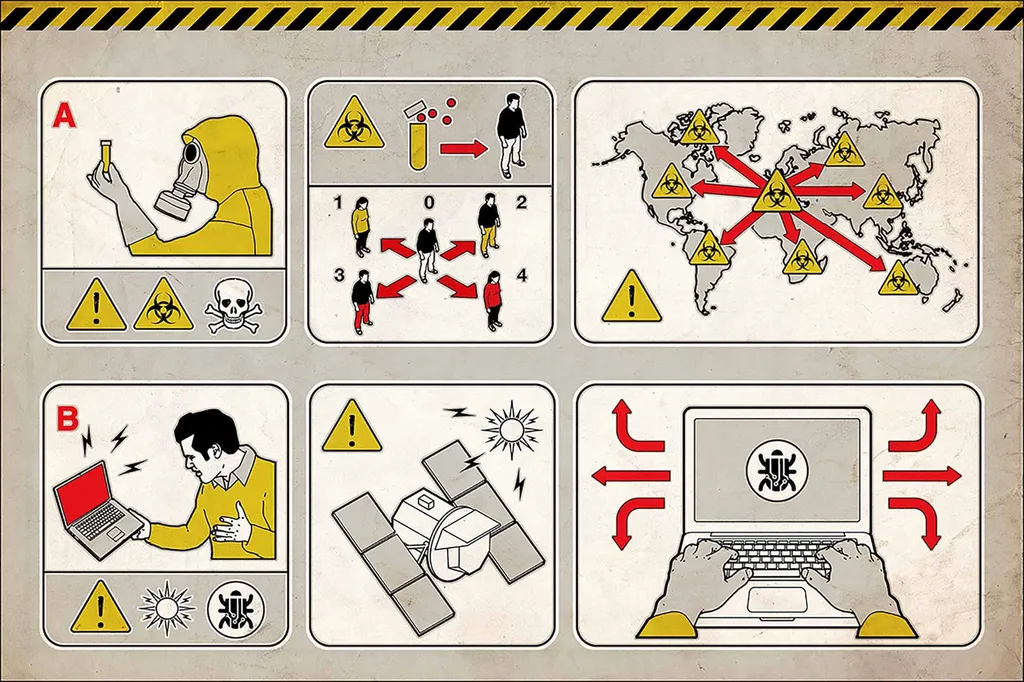In an era of escalating natural disasters, a new study sheds light on how households can better prepare to maintain essential energy services, with significant implications for the energy sector. Led by Biao Kuang from the Department of Civil and Environmental Engineering at the University of Utah, the research, published in the journal *Developments in the Built Environment* (translated as *Advances in the Built Environment*), explores the behavioral factors influencing household energy resilience.
The study reveals a critical insight: households are more inclined to take reactive measures, such as reducing energy use during disasters, than proactive measures like upgrading homes or securing backup energy. “We found that threat appraisal—how severely households perceive a disaster and their vulnerability to it—significantly boosts their intentions to act,” Kuang explains. “However, perceived costs or discomfort consistently dampen these intentions.”
The research employs an extended Protection Motivation Theory framework and structural equation modeling to dissect these behaviors. It identifies self-efficacy—the belief in one’s ability to perform preventive actions—as the linchpin for proactive measures. “Self-efficacy emerged as the key determinant, with a substantial impact on proactive behaviors,” Kuang notes. “This suggests that building confidence in households to take preventive actions is crucial.”
Conversely, energy-saving knowledge predominantly drives reactive behaviors. Response knowledge, bolstered by external support, enhances behavioral intentions both directly and indirectly by strengthening self-efficacy. “Our findings underscore the need to improve knowledge of resilience behaviors and expand social support to enhance household preparedness,” Kuang adds.
For the energy sector, these insights are invaluable. Understanding household behaviors can inform targeted interventions, such as educational campaigns or incentives for proactive measures. “By addressing perceived barriers and bolstering self-efficacy, energy providers can foster a more resilient customer base,” Kuang suggests. This could lead to more stable energy services during disasters, reducing downtime and economic losses.
The study also highlights the role of external support in reinforcing response knowledge. Energy companies could collaborate with local governments and community organizations to provide resources and guidance, empowering households to take proactive steps. “Social support is a powerful catalyst,” Kuang observes. “It not only enhances knowledge but also builds the confidence needed to act.”
As natural disasters become more frequent and intense, the energy sector must adapt. This research provides a roadmap for fostering household resilience, ultimately benefiting both consumers and providers. By investing in education, support, and infrastructure, the energy sector can mitigate the impacts of disasters and ensure a more resilient future.

